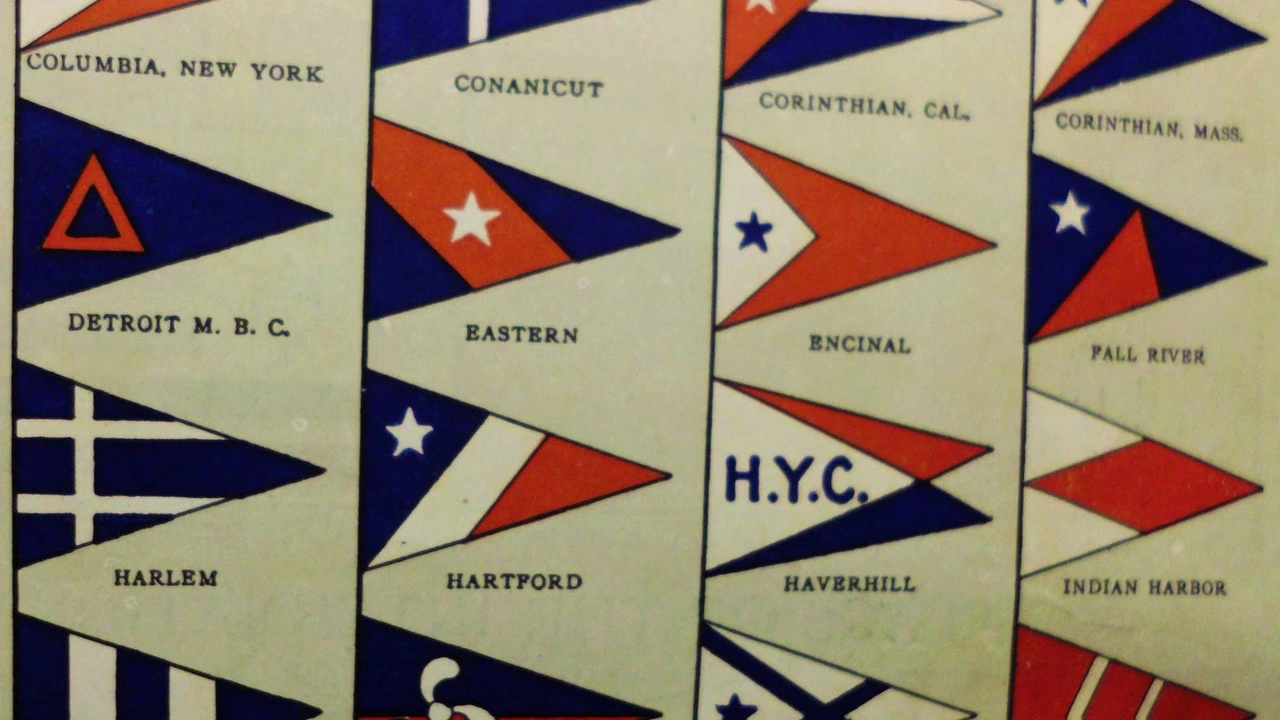Nautical Symbols Explained – Meaning, Use & History
If you’ve ever seen a boat with a strange flag or a carved figure on the bow, you’ve probably wondered what those signs mean. Nautical symbols are the visual language sailors have used for centuries to share information, warn of danger, or show pride. In this guide we’ll break down the most common symbols, explain why they matter, and show you how to use them on your own boat.
Common Nautical Symbols and What They Mean
First up, the flag system. The International Code of Signals uses a set of coloured squares and triangles on a square background to transmit short messages when radios aren’t handy. A plain white flag means "I am disarmed" – it’s the signal you give before a boarding party. The red flag with a white diagonal stripe (the “Bravo” flag) means “Danger, this vessel is on fire.”
Beyond flags, you’ll see symbols carved into wood or painted on hulls. The anchor, for instance, is a universal sign of hope and safe harbor. A dolphin or mermaid often represents a vessel’s connection to the sea – many owners paint these to show love for marine life. The compass rose, with its eight points, can be a decorative nod to navigation heritage.
Another popular motif is the "ship’s wheel" logo. It signals that the boat’s owner respects traditional sailing skills. Some skippers add a trident to hint at power and control over the waves. If you spot a crossed swords emblem, that usually denotes a warship or a vessel that has been part of naval history.
How to Use Nautical Symbols on Your Boat
Want to add a personal touch? Start small. A simple flag at the mast tells other sailors a lot about your vessel’s status. Choose the right colour and shape for the message you want to send – consult the International Code of Signals if you’re unsure. You can buy ready‑made signal flags or stitch your own if you enjoy DIY projects.
For permanent symbols, think about durability. Marine‑grade paints and epoxy‑based decals hold up best against salt spray. Sketch your design on paper first; notice how the symbol looks from the side and from the stern. A hidden symbol, like a tiny compass rose under the cockpit cover, can be a fun secret for crew members.
Don’t overdo it. Too many symbols can look chaotic and may confuse other sailors. Pick one or two that reflect your boat’s personality or your sailing goals. If you’re part of a club, consider using the club’s crest – it shows you belong to a community and makes networking easier at marinas.
Finally, respect traditions. Some ports have rules about flag usage or prohibit certain historic symbols on commercial vessels. A quick check with the local harbour master can save you a fine and keep you sailing hassle‑free.
From simple flags to carved hull art, nautical symbols are more than decoration – they’re a practical language that connects you with other sailors and the sea itself. Whether you’re gearing up for a weekend cruise or a round‑the‑world adventure, a well‑chosen symbol can boost confidence, signal intent, and add a dash of personality to your boat.
At Sailing WaterSport Weekly we love seeing how enthusiasts personalize their vessels. Try a new symbol this season and share the story with the community – you never know who might spot it and start a conversation on the water.
What is a yacht club flag called?
In the world of maritime tradition, the flag that you'll often see flying high at a yacht club is known as a burgee. It's not just a decoration, but an emblem of identity that signifies the club's unique heritage and prestige. Each burgee is distinctive, with designs and colors unique to the particular yacht club it represents. It's more than a flag, it's a symbol of camaraderie and unity among sea enthusiasts. So next time you see one, remember, it's not just a flag, it's a burgee - a proud badge of a yacht club!
View more